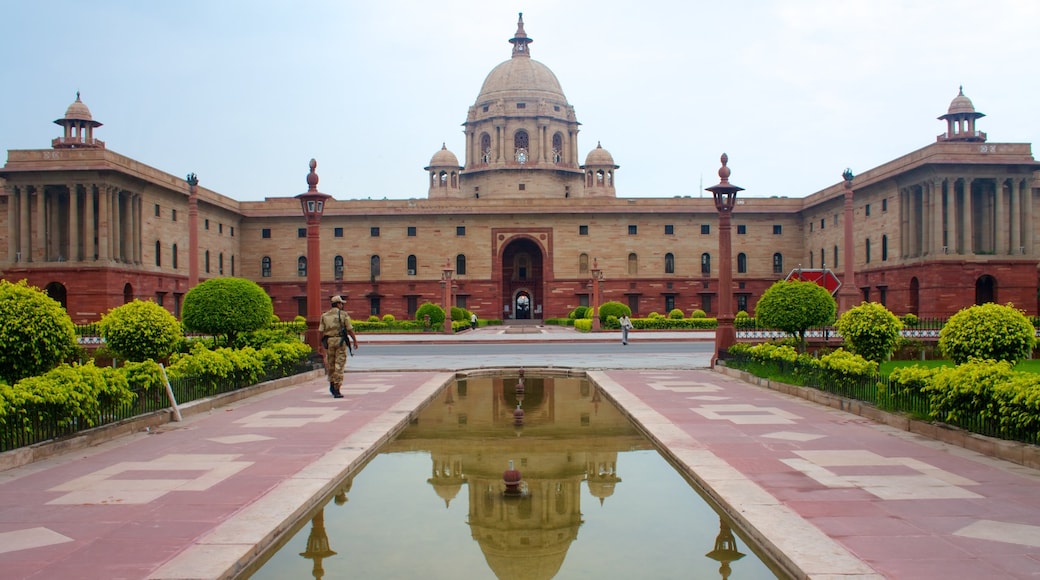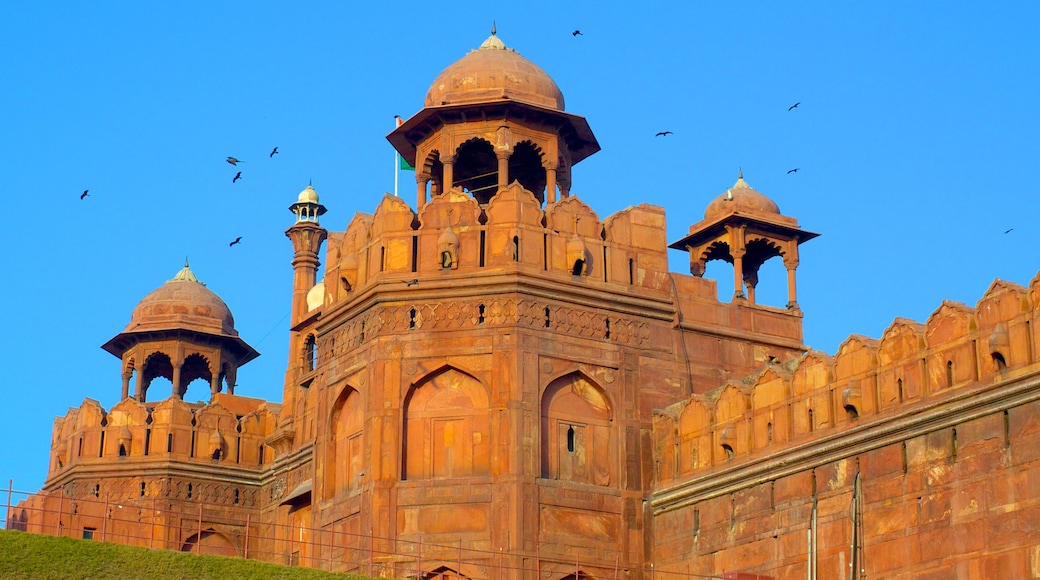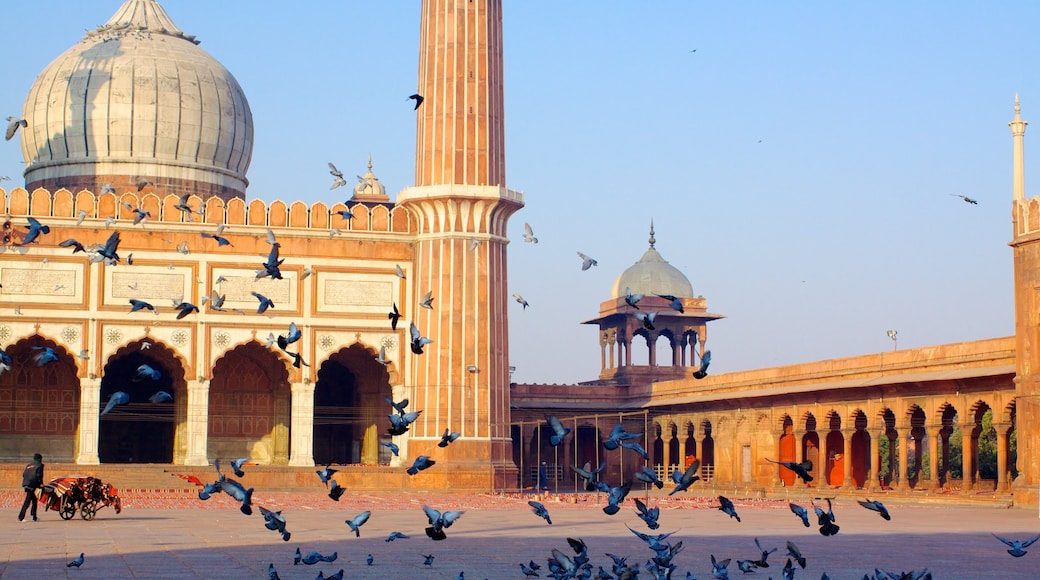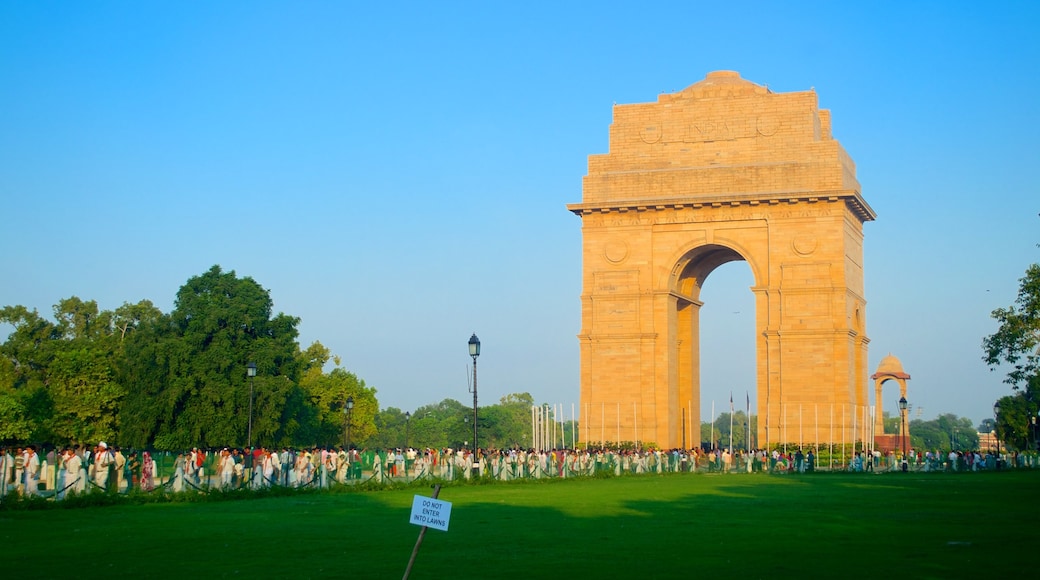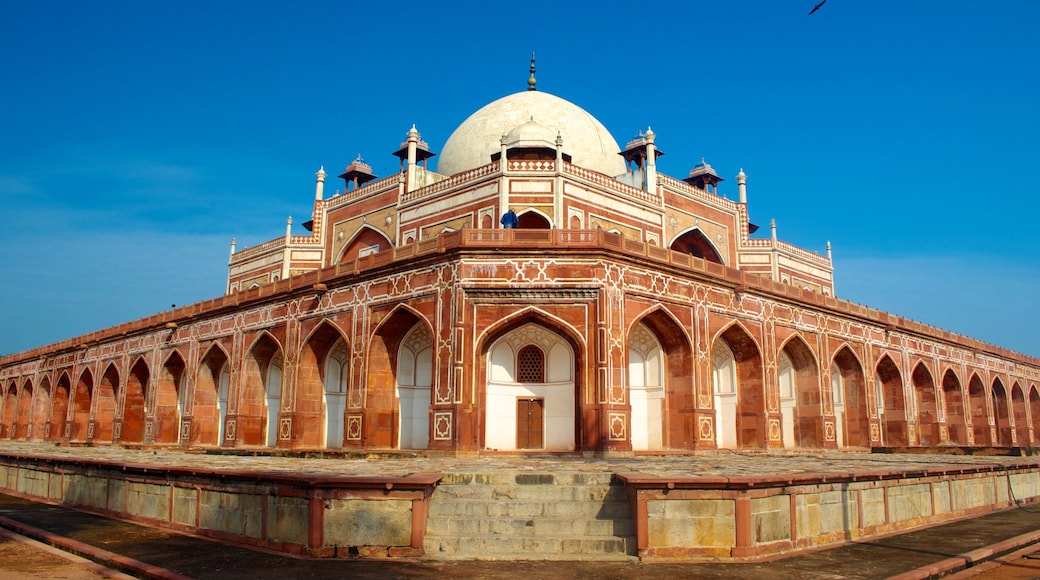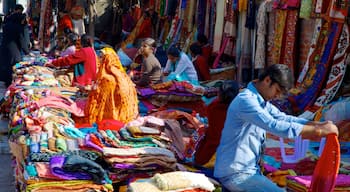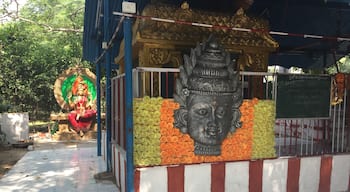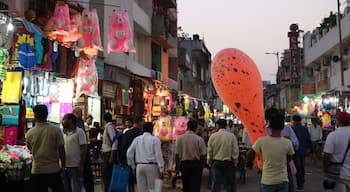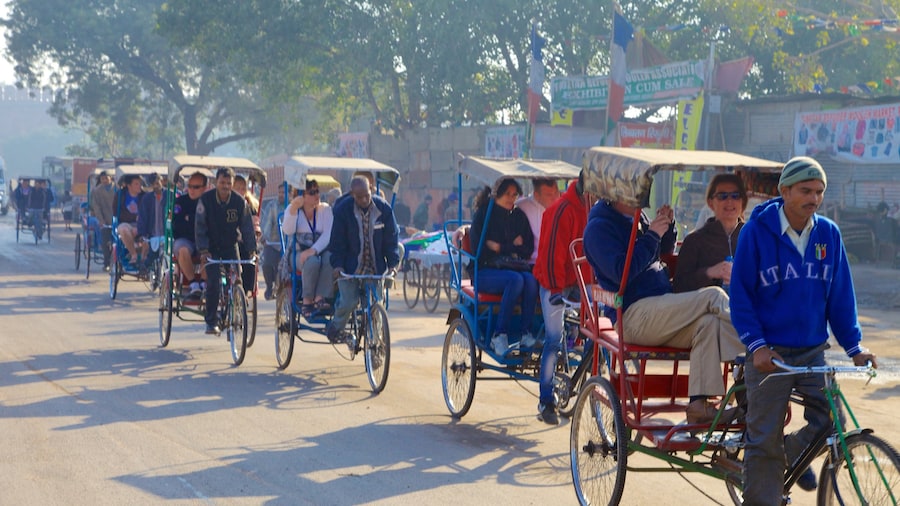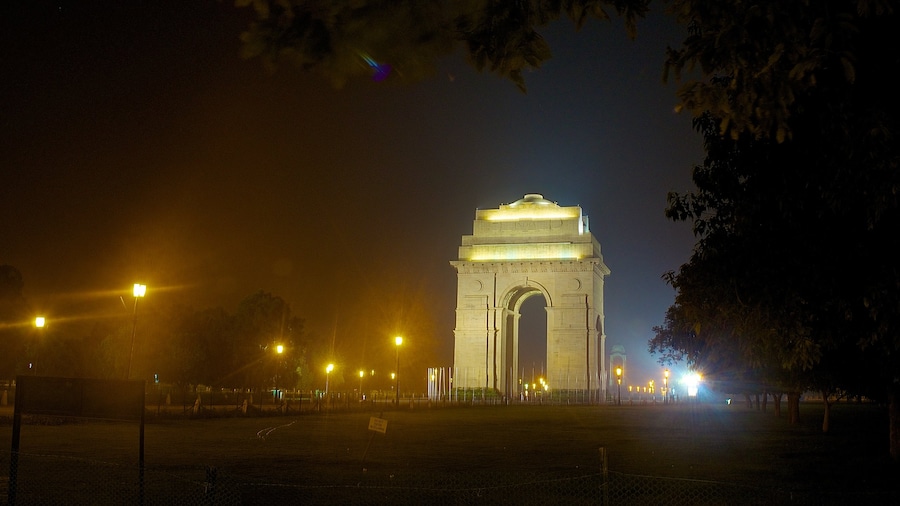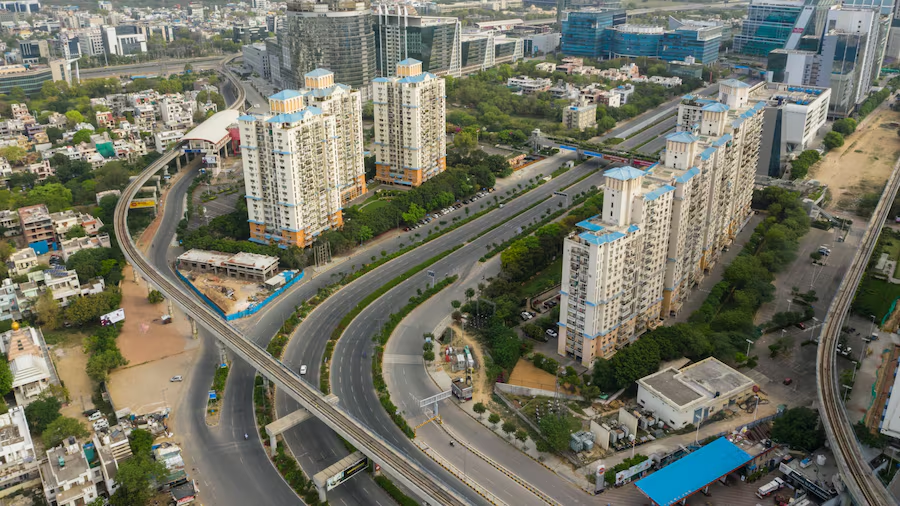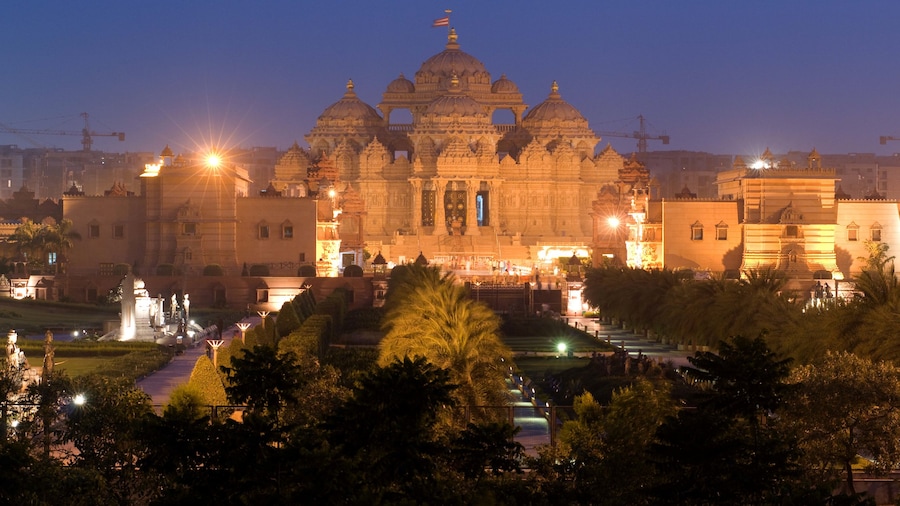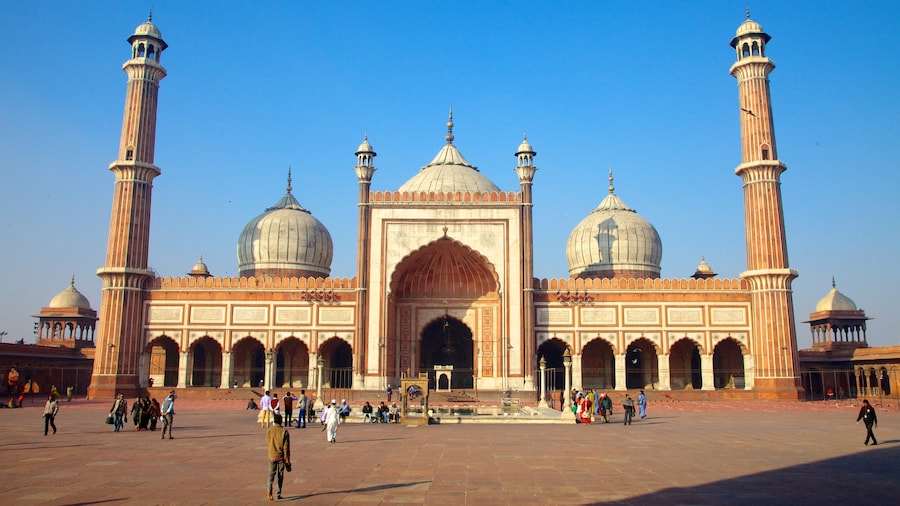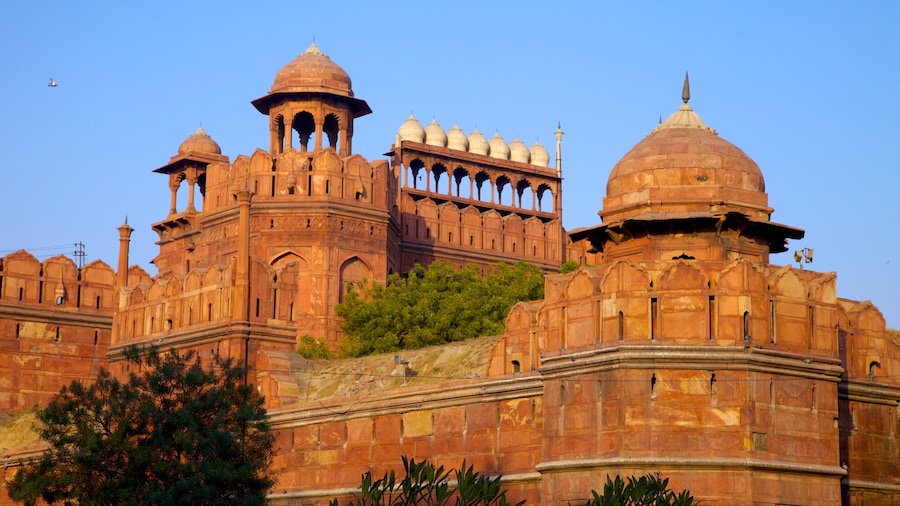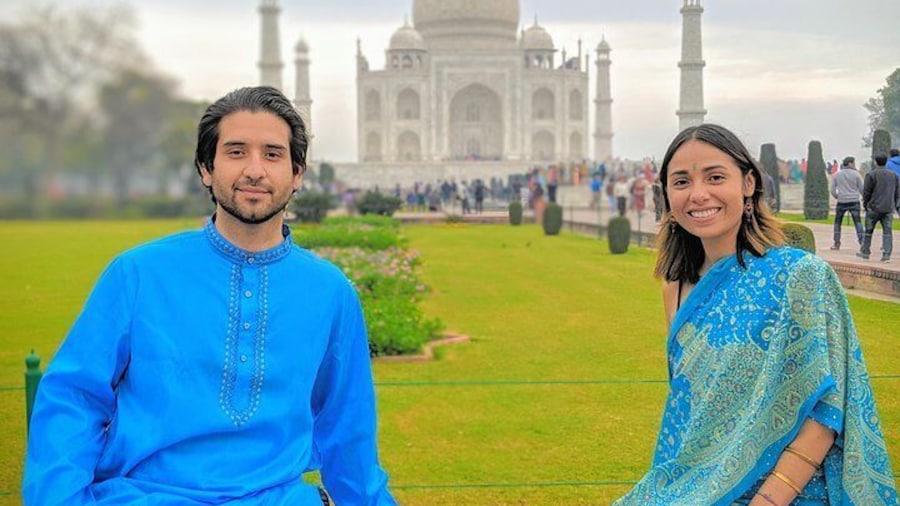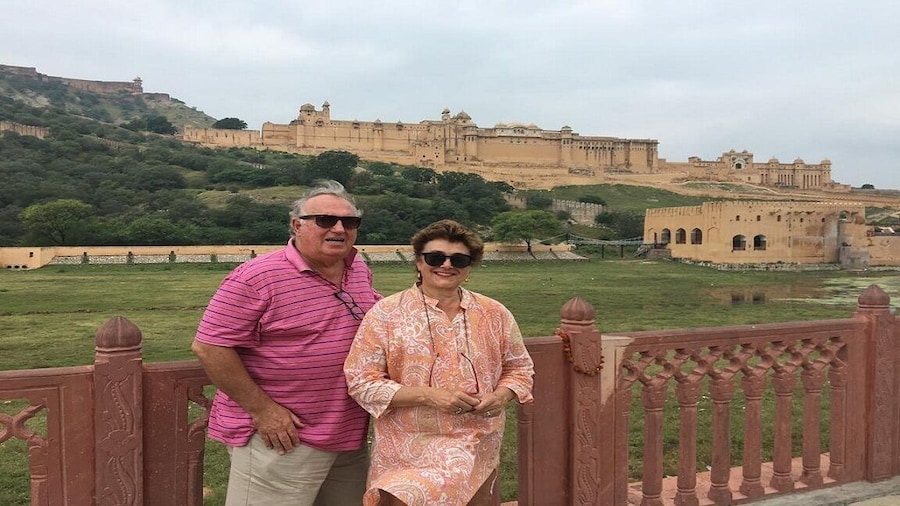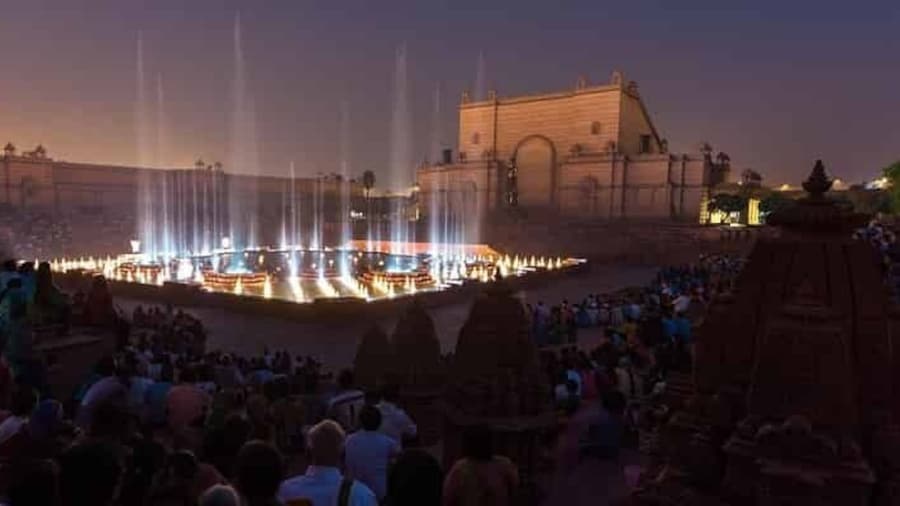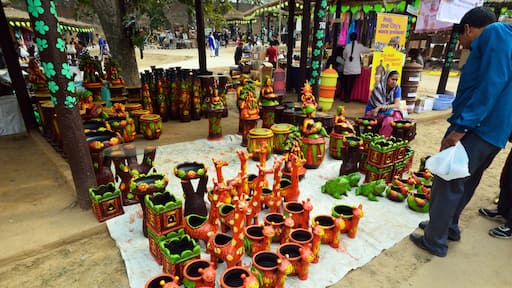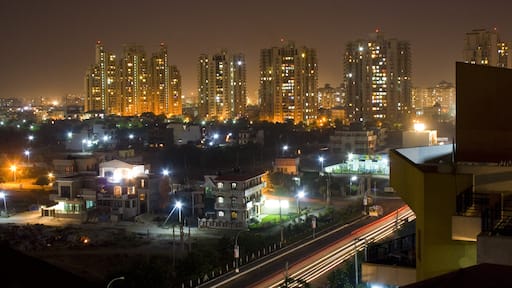Not one city, but eight, are found layered around this legendary capital of India – home to ancient tombs, bombastic forts and inspirational temples.
New Delhi is a metropolis with layers. Eight of them to be precise, each representing one of the cities, ancient to modern, established over the long millennia of its existence. The amazing thing is that, despite all that looking back to the past, New Delhi continues to create itself anew, with temples and business parks, chowks and mono-rails. History, it seems, won't stand still in this increasingly prosperous city of 22 million.That's especially the case with the city's spiritual attractions. Three immense temple complexes have sprouted in Delhi's fertile soil of late. The elegant grace of the Lotus Temple – a Bahai temple – is one of most beautiful. The nearby Hare Krishna complex, the Iskcon Temple, competes with it, for bold and busy splendour. Its three tall red-and-white towers stand over a vast courtyard with a museum, performing arts centre and a renowned vegetarian restaurant.And if biggest is best, the Swaminarayan Akshardham Temple trumps them all. It has a mammoth cinema, extravagantly lit water-show, and an educational peacock-boat ride. The Qutub Minar is the tallest bricked-minaret in the world, and next to the first mosque built in India.New Delhi itself is the last of the eight layers of Delhi a city reshaped by the British in the early 20th-century.Visit the grand Presidential Palace (Rashtrapati Bhavan), originally built for the British rulers of India, but which became a beacon for India's democracy in 1949, on independence. This behemoth of a building is the largest residence for a head of state in the world. A more elegant, and perhaps inspirational, dome, though, is to be found in the eastern end of town.Here, close to the Yamuna River, is Humayun's Tomb, built for the early Mughal emperors. It is 450-years old, and was India's first garden tomb. Many think it provided the inspiration for the Taj Mahal. Tombs are found scattered all around Delhi. Lodhi Garden has a particularly fine set, with its quiet gardens home to those of the 15th century Sayyid and Lodhi dynasties. They are the only buildings left from that era.The Mughals, by contrast, left plenty of bold monuments around Delhi, a city they ruled for three centuries – none more iconic than the Red Fort. Its massive curtain walls manage to be both brooding and elegant, hiding an unsurpassed collection of Mughal palaces and mosques. Their jewelled treasures may have been lost in history's often tumultuous swirl. But Delhi itself hasn't. It's a city that has been stirred, shaken, but never vanquished by history. And a city where faith – of whatever flavour – remains its founding stone.
